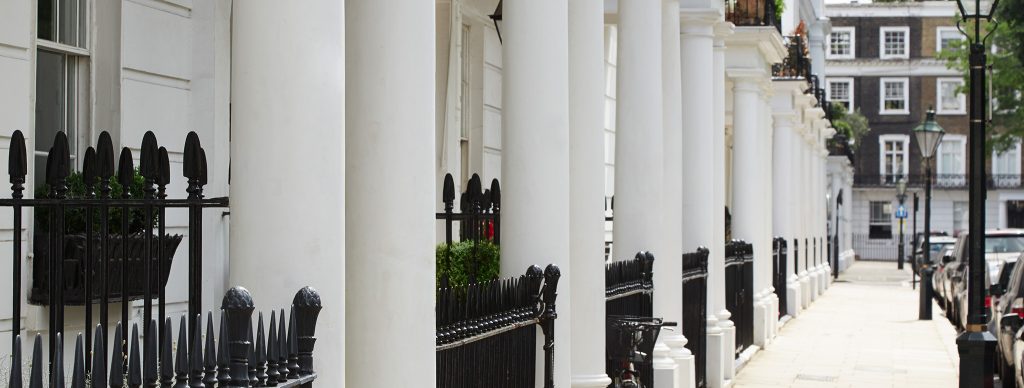Prime Country Property Market Review.
In our Spring Market Review we commented that the country had experienced one of the wettest winters on record, and as the seasons change once again, following the driest September since 1910, it seems a good time to reflect on the Prime Country Property Market.
One of the unexpected consequences of the spring floods was that, at a time that vendors would normally be preparing their houses for sale, they were pumping out their cellars and patching up flood damage. A knock on from this was that when the first spring blossoms normally see agents photographing houses that owners are preparing to sell, much of the country remained under water.
This served to delay the start of the selling season by at least a month and led to a very short spring market, before the schools broke up in July and the market found itself in the summer doldrums. As a result, the fresh stock of new country houses came to the market late, accompanied by a number of houses that had remained unsold from the year before, re-presented with the hope of attracting the right buyers this time around.
Vendors’ confidence in the market would seem to have returned, and as a result we saw more stock in the prime market than previous years. Yet, with the gap between London and country prices starting to narrow from their high point at the beginning of the year, as the country begins to catch up with London, it still seems odd to us that there remain so few buyers for the prime country houses.
Even for the best houses, agents were reporting a lack of purchasers, and for the ones that did sell, most only attracted one or two interested buyers. So where have they all gone? Research from Knight Frank reported that whilst 46% of buyers still emanate from London, 83% of buyers are looking below the £2m bracket.
It is difficult to tell whether this is as a result of the 7% stamp duty threshold at £2m or the threat of the mansion tax being mooted by Labour and the Lib Dems that continues to have a dampening effect on the market above £2m. The other possibility is that perhaps fewer of the next generation want, or can afford, the prime country house and prefer instead to buy a more modest weekend house in addition to their London house or flat; after all, most London homeowners have seen their houses do rather better than their pensions, so why check out of a blue-chip investment that also happens to double as a convenient place to live?
Prior to the 2008 credit crunch, the sale of a 3,500 sq ft, five-storey Kensington townhouse would have easily allowed for the purchase of the Georgian rectory in ten acres within commuting distance of central London; these houses historically attracted a long queue of potential buyers. Today, the gap between London and country prices means that the sale of the same London townhouse could happily buy you two Georgian rectories, yet there remains a reluctance for many to make that move to the country. As a result, in our view, there is no better time to look in the country, as the overall lack of buyers means less competition and more houses to choose from at reasonable prices, especially now that the potential influx of Scots not wanting to be part of a country broken away from the UK has gone away!
Sporting and Agricultural Land
It is clear to us that, for the time being, the aspirations of wealthy buyers have shifted away from owning the large country house or estate to owning farmland. Having been involved with these markets for many years, the two biggest changes we have seen are the lessening demand for shooting estates and the increase in land values.
For the avid enthusiasts of shooting, owning a shooting estate was once the ultimate dream. However, today many feel they would rather rent some of the finest shoots in the country as and when they want them, rather than own them all year round, thereby avoiding the management hassle that goes with running a large sporting estate. The exception to this new trend towards rental over ownership seems to be grouse moors where, even though renting is equally easy, for those who can afford it, a grouse moor is still seen as an extremely desirable and sought-after asset.
However, the real seismic shift concerns agricultural land values. In autumn 2006 we bought 1,000 acres of farmland for £3,000 an acre for one of our clients which, at the time, felt like we were paying a premium. Within six months £3,000 per acre looked cheap, and today you’d be paying at least £10,000 an acre and even more in some instances. So, up until 2007, was land too cheap or is it now expensive? The former would appear to be true as the demand for land continues and, with a limited supply, the price could easily increase further. There is no doubt that more and more buyers are seeking to invest their hard-earned money in commercial farmland in order to enjoy tax advantages associated with owning land. In fact, the simpler the better seems to be the new trend, with many buyers now preferring a working, commercial farm over the traditional country seat in the middle of its land. This is a neat inversion of what happened after the Second World War, where the landed gentry did all they could to hold on to their houses in the face of mountainous death duties, and commonly sold their land in order to secure the house. Today’s buyer seemingly has no such sentimentality.
How Lord Grantham would surely revolve in his grave…
Jamie Freeman, Haringtons UK, Autumn 2014
